Hell
Hawks!
The Untold Story of the American Fliers
Who Savaged Hitlers Wehrmacht
Robert F. Dorr and Thomas D. Jones


To the men of the Ninth Air Force
who flew and maintained the
P-47 Thunderbolt in combat.
Contents
 Chapter One
Chapter One
Hell Hawks over NormandyH EADING EAST, LOW OVER the English Channel, four P-47D Thunderbolt fighter-bombers streaked toward the French coast. It was late in the day, well past 7:00 p.m., and the spring light softened as a high cirrus filtered the last hour of sun. Good light for bombing, thought Capt. James G. Jimmy Wells Jr., one of the four pilots in the formation. The sun will be in their eyes.
The enemy coastthe Pas-de-Calaiswas visible ten miles ahead as the formation nosed over into a shallow dive. Wells was one of the Hell Hawks, the 365th Fighter Group, a Thunderbolt outfit based in England as part of the Ninth Air Force. Their specialty wasnt dogfighting, although they had already taken the measure of the Luftwaffe. Instead, their job was close-in ground attack, where you put your bombs right on top of your enemy, then circled back with machine guns and chewed up anything that still moved. From mere yards away you looked into the eyes of the German gunners, who hurled white-hot metal at you until you killed themor they you.
All day on May 3, 1944, back at the Hell Hawks base in Beaulieu, England, near Southampton, mechanics and armorers had swarmed over the pilots Thundberbolts: heavy, bottle-shaped fighters with eighteen-cylinder power plants turning thirteen-foot propellers. Each plane carried a 108-gallon belly tank of high-octane gas, a pair of thousand-pound bombs slung under the wings, and eight heavy .50-caliber machine guns, commonly called fifties. The P-47, believed the Hell Hawks pilots, was a flying tank.
Golden sunlight flickered off the green sea as Wells leveled off with Capt. William D. Ritchie, the flight leader, just a hundred feet above the waves. The beach flashed under the four olive-drab fighters, the pilots dropping back to either side of Ritchie as he picked up the final run-in heading to the target, an inconsequential French village named Vacqueriette, twenty miles inland. Just outside the hamlet was a military compound clustered around three narrow reinforced-concrete buildings, each with a curved end. In aerial photos the three bunkers resembled skis, viewed from their sides. Close by was a 160-foot-long concrete ramp, its long axis pointed straight at London. The mysterious installation was a nest for a flock of V-1 Buzz Bombs.
Allied intelligence knew that the V-1, a pilotless flying bomb with a 1,870-pound warhead of Amatol high explosive, was close to becoming operational. This suspected launch site, and others for the still-mysterious V-2 rocket, were called Noball sites; they were at the top of priority bombing lists as D-Day approached. Bombing raids from high and medium altitude on this and other V-1 sites had failed to destroy the installations. Ritchie, Wells, and their fellow Hell Hawks were ordered to knock them out from ground level.
They asked for volunteers for a special mission, Wells said later. I was foolish enough to stick my hand up and get picked, and they took us in and they told us about the buzz bomb. They had gotten hold of plans for an emplacement where they launched them, and these concrete buildings were about forty feet square and they were three-foot-thick reinforced concrete. But they really werent sure just how they were used. The buzz bombs themselvesthey werent sure whether they were controlled or had an automatic timer or what on them. All Wells knew was that they said we had to be going over 450 miles per hour when we released the bombs so that they would penetrate those concrete emplacements.
Those were the tactics. Wells followed Ritchie in his descent, throttle wide open, guns and bombs armed. One and a half miles from the village the four pilots were at deck level, the steeple on the village church visible above the trees. Wells picked out his assigned dull gray ski site and eased his speeding Thunderbolt lower.
Closer now, airspeed 450 miles per hour out of the dive, that big 2,430-horsepower Pratt & Whitney up front howled with emergency water-injection thrust. Wells triggered the first burst from his .50-calibers at a flak pit that was blasting what looked like glowing white coals past his canopy. More tracers came ripping up from gun positions and a flak tower ringing the site. Ignore them. What Wells couldnt ignore was what hed seen in the recon target photos: a string of telephone poles around the targets perimeter. We didnt know what it was, if it had antennas on it, or what.
Wells was at thirty-five feet, flattening barley fields and bending small trees in his wake, when he discovered the reason for the telephone polesand the tough steel cables strung between them. They were there to kill him.
No time to evadethe four went under, or tried to. Id say we were at twenty-five feet; and then you had to pull up to keep from running into the target! recalled Wells. All of us made it under, except Captain Cornell. He ripped off the top of his rudder.
Wells let go of his bombs and screamed over the concrete buildings while the semi-armor-piercing thousand-pounders punched through the reinforced walls and detonated seconds later on a delayed fuse. Smoke, dust, and debris shot skyward, boiling up from the launch installations and gun emplacements. Chunks of concrete ripped across the compound, lacerating vehicles, buildings, and men.
Shooting up a flak tower and gun pits, Captain Ritchie was at fifteen feet when he hit a cable set twenty feet or so off the ground. He ripped through some telephone wires and sheared off a row of tree tops, denting and crumpling his P-47s air scoop and fuselage. Ritchie hugged the ground and turned west, into the setting sun, trailing behind a long length of phone wire that thrashed and slapped against the fuselage and tail.
Off the target, Wells rejoined his element leader and stared into the adjacent cockpit. Capt. William H. Cornells face was covered in blood. Some shrapnel came in and hit him in the head... blood was coming out, and he pulled his helmet off and started calling Mayday! on the radio, said Wells.
The four Thunderbolts headed for Beaulieu (pronounced Byew-lee), medical help waiting alongside the runway. Cornell landed first; the medics leaned into the cockpit to find his uniform slick with blood from his scalp wound. Turned out it just scratched him, said Jimmy Wells, but he didnt know it. Stitched up, Cornell was back flying a few days later.
The post-strike photos showed that each Hell Hawk Thunderbolt, throwing a ton of bombs against each V-1 target building, had inflicted as much damage as the 1,947 tons per target dropped by the heavy bombers in the last two weeks of April. Jimmy Wells was satisfied with his single Noball mission: I only did that one, he said. Once was plenty.

Wells was awakened at 1:00 a.m. on June 6, 1944, in his Nissen hut at Beaulieu. This was it! We had known the invasion was coming soon, remembered Wells. To help friendly gunners tell friend from foe, ground crews painted all Allied planes with alternating black and white stripes on wings and fuselage. I helped paint the stripes on myself, said the Houston native.

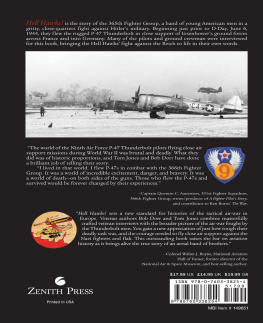
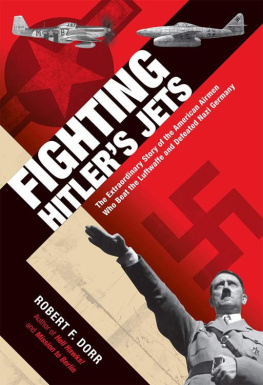
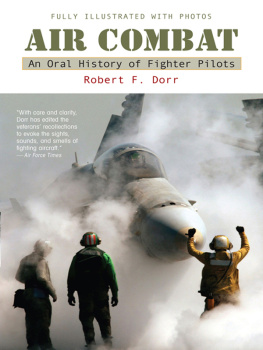


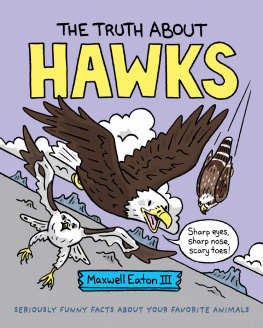



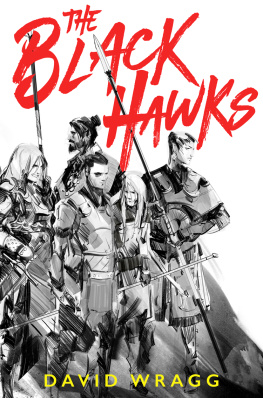
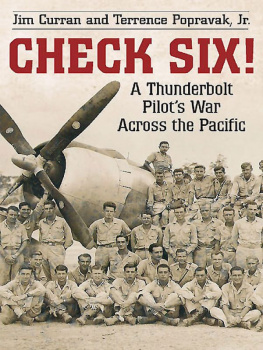
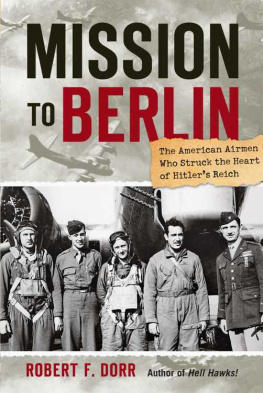


 Chapter One
Chapter One